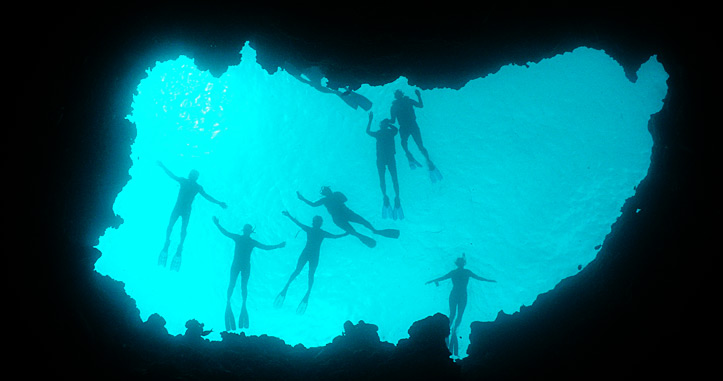
About Us | History | 3R Program | Composting | Beverage Container Fee Program
Energy Recovery | Community Awareness Program | Contact Us
![]()
The principal driving force of promoting 3R is that the M-Dock landfill was estimated its capacity to remain open until 2013 projected in the last JICA Technical Cooperation in 2008. One of the factors of the above situation can be considered is the growing of the influx of foreign labor workers, tourism and infrastructure development, while waste reduction through recycling and composting in the country is significantly below the national average. Therefore, the state government initiated relative recycling schemes to further evaluate alternative waste disposal options starting immediately from 2005 to ensure that adequate and affordable disposal capacity is available when M-Dock landfill closes.
![]()
A blue print was prepared in SPREP-Samoa, Apia on March 2004 during a regional training on '3R Concept' in waste management. The Action Plan of "Waste Reduction in Koror State" was developed in the training and endorsed by the Governor of Koror State thereafter, which was the initial step to start 3R activities. The outline is shown below.
| Objective: | Reduce waste volume disposed in the landfill targeting reduction of plastic bags & related plastic by-products, recyclable items such as aluminum cans, and garden waste. |
| Goal: | Reduce 8% of waste disposed into the landfill |
| Steps: |
|
Along with conducting several basic surveys listed in the above Action Oriented Steps, introducing waste segregation stations was the first major activity launched. Many households used to have several drums at one household as waste storage which wasted time for collection. The segregation stations were conceived as to relieve long collection hours, eliminating residents disposing wastes in more than one trash bin whereas several households can utilize just one waste unit; thus in the process, decreasing the scattering of waste by pests and the spread of vector-borne diseases. Economically, it also reduces fuel expenses and repairs.
![]()
There are six classifications of waste under the Waste Segregation Stations program:
Fully covered compartments
- Aluminum cans
- PET Bottles
- Paper
- Metal/Glass
- Kitchen waste
- Plastics/Miscellaneous
Only top-part covered compartments
Waste collection is done by a waste vehicle at assigned waste units. Kitchen waste is collected daily to prevent pest and rodents from generating in the units. Each waste collected considering the amount of waste discharged to the WSS. To adjust the collection frequency by each waste classification, the SWM Office conducts surveys, monitoring and evaluation of the WSS.










